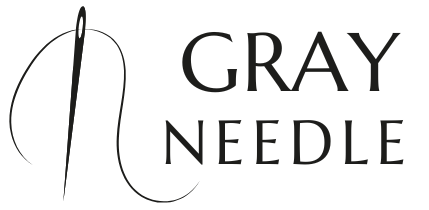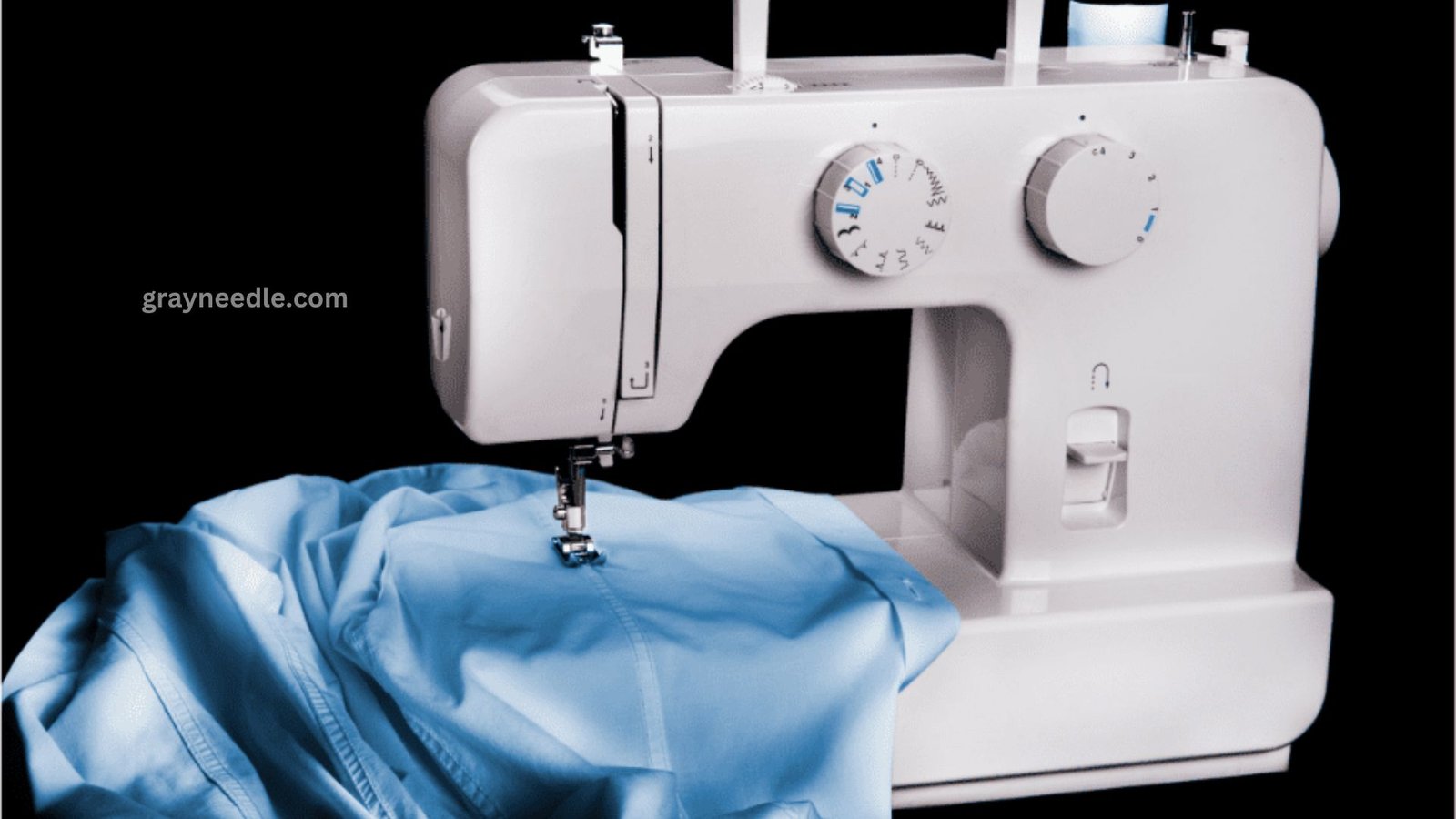If you have an upcoming trip out of the country and are working on a sewing project, you should find out if your sewing machine will be functional there. It would be really annoying, after all, to get there and find your device won’t turn on!
Is it possible for an American sewing machine to operate in the UK? With a power converter and a plug converter, you can make a US sewing machine operate in the UK. It may be more difficult, but not impossible, to get your equipment to work in the UK because they use different plugs, outlets, and voltages for electronics than the US.
It is important that you select the appropriate parts to avoid unintentionally damaging your sewing machine. This post contains all the information you require, so let’s get started!
Voltage Differences: Can a US Sewing Machine Work in the UK?
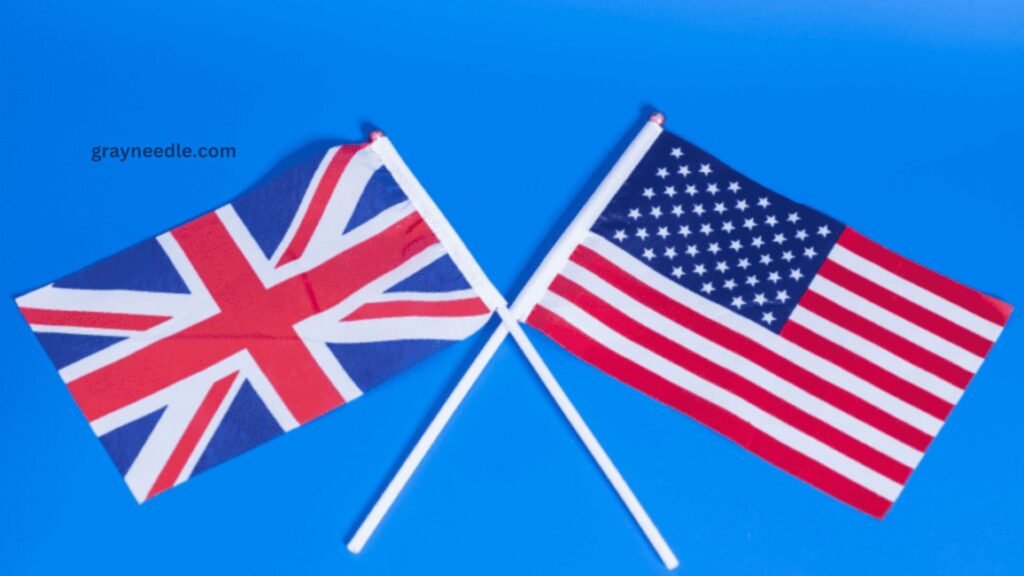
Whereas the US uses 120v, all residences and buildings in the UK are powered by 240v. It follows that bringing a 120v US equipment to the UK will not allow it to function. Using the machine you are accustomed to is usually more convenient, so you will need to learn how to operate it on the UK power system.
This implies that the voltage used in the UK is twice that of the US. The increased quantity of electrical power going through your sewing machine could cause damage if you don’t utilize a correct power converter.
Additionally, the outlets utilized in the UK differ from those in the US. It implies that you will also require a plug converter. Type A and Type B plugs are the two varieties used in the US. These kinds are frequently referred to as “two-prong” and “three-prong,” respectively. The UK, however, exclusively employs Type G.
Make sure you first determine if your machine is Type A or Type B, since you will need the plug converter to fit its type. You shouldn’t let this deter you from packing your sewing machine on a trip, either. You can still use your sewing machine even though the voltages in the US and the UK differ significantly. All you have to do is make sure you have an appropriate power converter first.
How To Use a US Sewing Machine in the UK: A Step-by-Step Guide
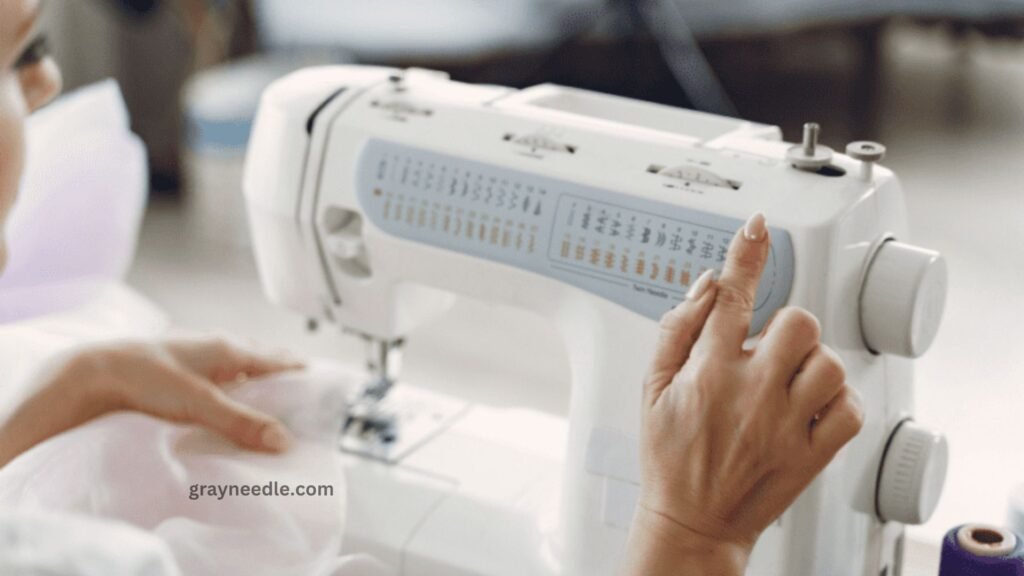
First, take a look at the sewing machine’s underside or back. The required voltage to operate it safely must be listed by the manufacturer. It is frequently located on the machine’s back, while occasionally it is on the bottom. You’ll know what converter you need to make up the voltage difference once you get that vital information.
To use a US sewing machine in the UK, follow these instructions:
- Obtain the necessary plug adaptor so that you can plug your machine into a UK wall outlet.
- Certain sewing machines are appliances with dual ratings, meaning they can run on either 120v or 240v. If that’s the type of sewing machine you have, there won’t be any more steps required.
- If it’s not dual-rated, a power (also known as voltage) converter is required. You shouldn’t use power converters continuously, even if they are generally safe to use for a few hours at a time.
But be aware that because of the variations in Hertz usage between the two nations, utilizing a power converter with the machine can still cause some damage to its motor. Although the majority of individuals don’t notice any problems with their sewing machine, you could void any warranties. Before you try, your gadget should indicate that you can use it at 50/60 Hz.
The Difference Between US and UK Sewing Machines

Let’s say you’re not sure whether to use a converter or power adapter for your sewing machine. If so, buying a new one to use while visiting the UK would be a safer option. You should think about whether buying something is more convenient for you and whether you’ll use the machine enough to justify the cost.
You should be aware of the following distinctions between sewing machines made in the US and the UK, though. Sewing machines from the UK are typically significantly more expensive than those from the US.
Thus, it will be preferable to bring the machine you currently own if you’re concerned about receiving the best deal. It’s possible that the converter and adapter will be less expensive than the new sewing machine.
There will also be differences in the diameters of the needles you use in the machine. Companies offer needle sizes in the US between 8 and 19, however in the UK they mention between 60 and 120. Although it can be startling at first, the smaller numbers with both selections indicate a thinner needle.
Also Read: Why Are My Knitting Needles Sticky?
Is My Sewing Machine Dual Voltage?
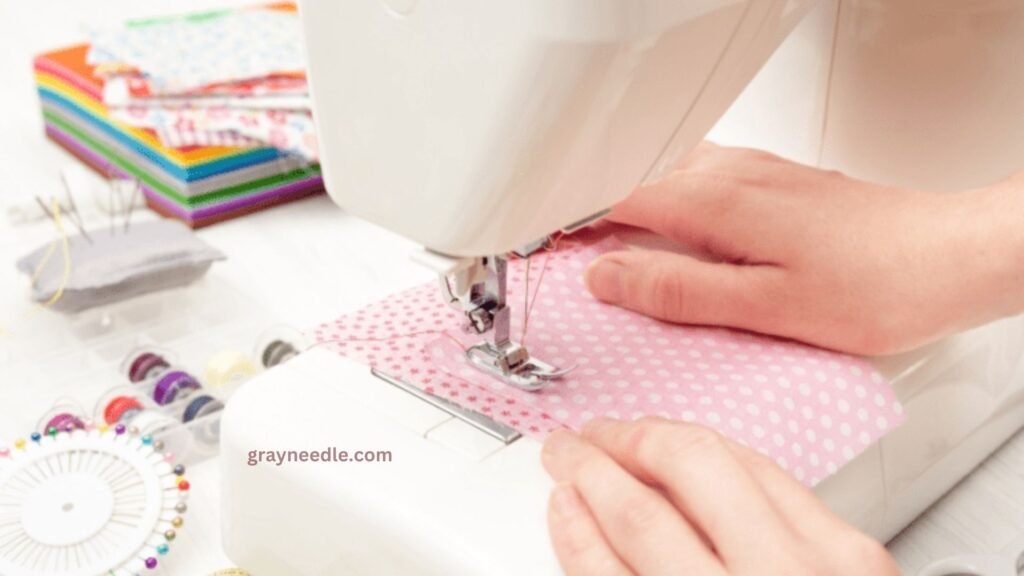
Your sewing machine may have a single or dual voltage, depending on the maker and model. Traveling abroad would be much easier with a dual-voltage device because you wouldn’t have to bother about obtaining a power converter. Additionally, the device must to automatically alternate between the two voltages.
If the voltage measurement on your sewing machine is listed as a range, you may be certain that it is dual-voltage. On the rear, for instance, it might read 110v–220v. Given that the US and UK voltages lie within those ranges, it could handle them.
Checking is the only method to find out if your sewing machine is dual-rated! If you are aware of the device’s brand and model number, you may also be able to locate information online.
Are Sewing Machines Allowed on International Flights?

That is, of course, only relevant if you are taking the sewing machine on a foreign aircraft. While some airlines may have different policies, most will let you check a sewing machine with your luggage. First, you would have to make sure it will fit in your luggage.
You can also bring sewing machines in your carry-on on most airlines. It would have to fit under your seat during the travel, or in the plane’s overhead bin.
Before your travel, you have to make sure your sewing machine will fit in your suitcases. You don’t want any shocks because some can be really bulky!
Final Thoughts
To put it briefly, a US sewing machine can be used in the UK. However, in order to make it operate safely, you will need a few tools. Checking the voltage your sewing machine requires is a great method to find out what you need.
To plug your appliance into the wall, all you need is an adaptor if the sewing machine is dual-rated or the required voltage is 120 volts. You’ll need to utilize a power converter if it’s different and your machine isn’t dual-rated. It can occasionally be simpler to purchase a new sewing machine in the UK, but it’s only worthwhile if you know you’ll use it frequently.
